Home / TTK News / Industry News / How can light and thin waterproof surgical gowns achieve a double breakthrough in breathability and protection?
How can light and thin waterproof surgical gowns achieve a double breakthrough in breathability and protection?
In medical surgery scenarios, the protective performance and wearing comfort of surgical gowns are always a contradiction. Although traditional waterproof surgical gowns can effectively prevent liquid penetration, the problem of poor breathability often causes fatigue of medical staff due to stuffiness and humidity during long operations, affecting the accuracy of operations; and surgical gowns that emphasize breathability are difficult to resist the risk of contamination by blood and body fluids during surgery. The emergence of light and thin waterproof surgical gowns has successfully broken this dilemma through innovative fabric design, achieving a double breakthrough in breathability and protection, and bringing revolutionary progress to medical protective equipment.
The key to achieving a balance between breathability and protection for light and thin waterproof surgical gowns lies in their unique fabric microstructure design. Taking the commonly used polypropylene spunbond-meltblown-spunbond composite nonwoven fabric (SMS) as an example, this composite fabric consists of a three-layer structure. The outer spunbond layer provides physical strength and wear resistance, and the middle meltblown layer is the core of achieving waterproof and breathable functions. The meltblown layer is composed of ultra-fine fibers with a diameter of only a few microns, which are randomly staggered to form a dense three-dimensional mesh structure. The pore size between these ultra-fine fibers is precisely controlled, which is smaller than the minimum diameter of a water droplet (about 100 microns), but larger than the diameter of a water vapor molecule (about 0.0004 microns). This special pore size distribution prevents liquid water from penetrating the fabric, while the water vapor generated by the human body can diffuse freely through the pores, achieving the effect of "waterproof but not airtight".
In addition to the exquisite design of the fiber structure, the light and thin waterproof surgical gown also further optimizes the breathability through material surface modification technology. Some products are treated with hydrophilic polymer coating to enhance the fabric's ability to adsorb and conduct water vapor without affecting the waterproof function. This coating material has a unique molecular structure that can form weak hydrogen bonds or van der Waals forces with water vapor molecules, guiding water vapor molecules to quickly pass through the surface of the fabric. At the same time, the presence of the coating can also reduce the surface tension between fibers and reduce the resistance to water vapor diffusion, thereby significantly improving the breathability efficiency of the fabric. During the operation, the water vapor formed by the evaporation of sweat produced by medical staff can quickly pass through the coating and fiber pores, always keeping the body surface dry and comfortable.
From the perspective of practical application, the breathable and protective performance of thin and light waterproof surgical gowns has brought substantial improvements to medical work. In long and complex operations, the temperature regulation and comfort of medical staff are crucial to the quality of the operation. The stuffiness caused by the poor breathability of traditional surgical gowns will cause problems such as distraction and decreased operational stability of medical staff. The thin and light waterproof surgical gowns, with their good breathability, effectively reduce the temperature and humidity of the body surface and reduce the physiological stress response caused by stuffiness. At the same time, its reliable waterproof performance ensures that medical staff are protected from the risk of body fluid contamination during the operation, and builds a safety protection barrier for both doctors and patients. This dual guarantee of breathability and protection not only improves the work experience of medical staff, but also indirectly improves the safety and success rate of surgical operations.
At the manufacturing process level, the research and development breakthroughs of thin and light waterproof surgical gowns also provide support for its performance improvement. Modern nonwoven production technology can customize the production of fabrics that meet different needs by precisely controlling the fiber diameter, density and arrangement. For example, melt-blown spinning technology can achieve nano-level control of fiber diameter, combined with electrospinning, hot pressing and lamination processes to further optimize the pore structure and mechanical properties of the fabric. At the same time, the innovation of coating technology has also made the realization of waterproof and breathable functions more efficient and stable. The application of new environmentally friendly coating materials reduces the potential harm to the environment and human body while ensuring performance.
Thin and light waterproof surgical gowns have successfully solved the industry problem of waterproof and breathable by optimizing both material structure and surface performance. Its unique microstructure design and advanced manufacturing process not only bring a more comfortable working experience to medical staff, but also significantly improve the safety and reliability of medical protection. With the continuous development of materials science and textile technology, thin and light waterproof surgical gowns are expected to achieve further breakthroughs in performance in the future, providing better protection solutions for the medical industry.
Related Products
-
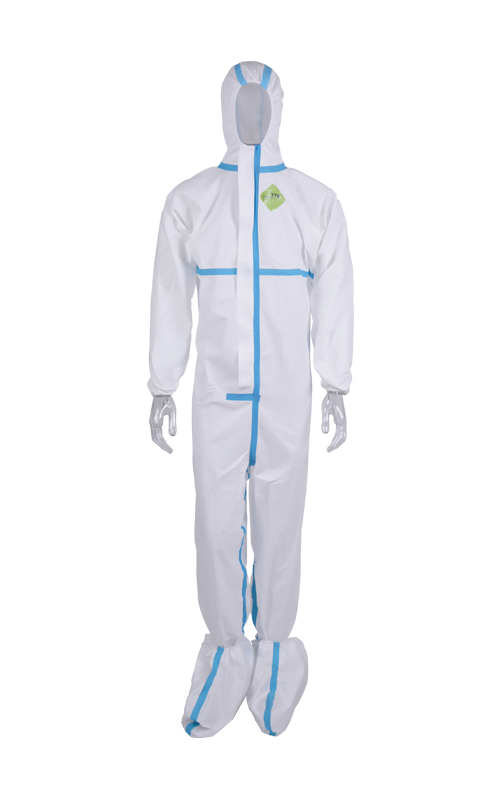
PP PE Nonwoven Disposable Breathable Coverall With Tape TTK-A01
Disposable Coverall With Tape
-
-2-1.png)
PET+PE Non-woven Material Disposable Coverall With Tape TTK-A01
Disposable Coverall With Tape
-
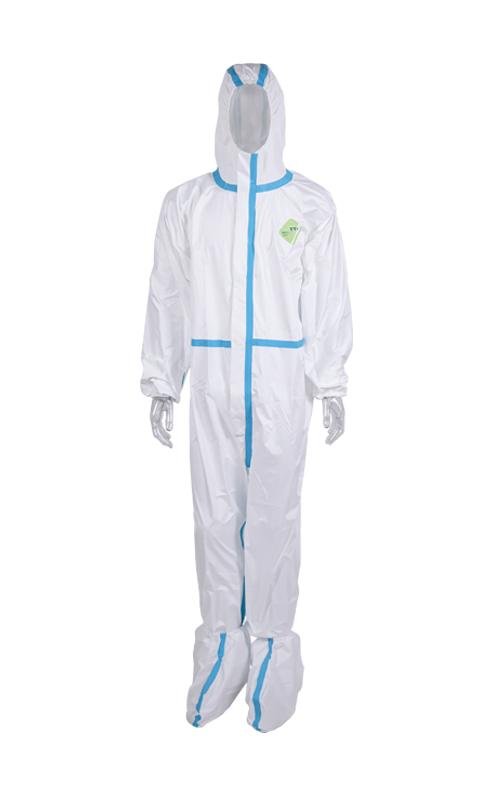
Woven Material+PTFE Membrane Disposable Coverall With Tape TTK-A03
Disposable Coverall With Tape
-
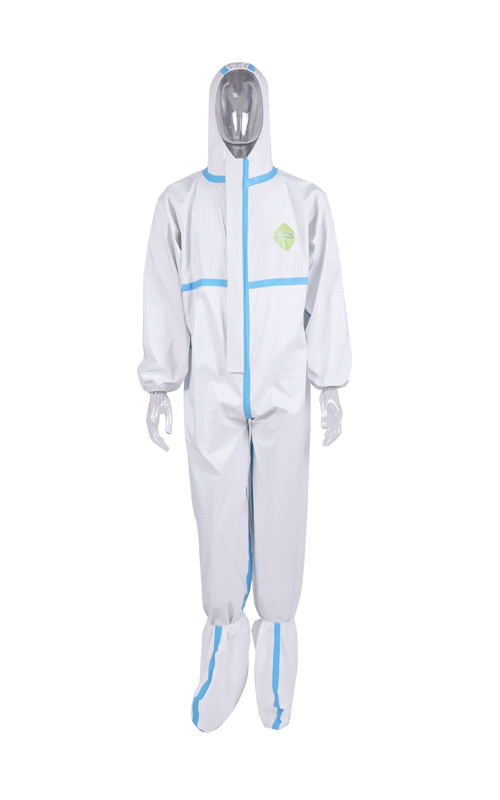
Woven Material+PTFE Membrane+Tricot Disposable Coverall With Tape TTK-A04
Disposable Coverall With Tape
-
-5.png)
Isolation Biochemical Protective -Comfortability Disposable Coverall With Tape TTK-A04
Disposable Coverall With Tape
-
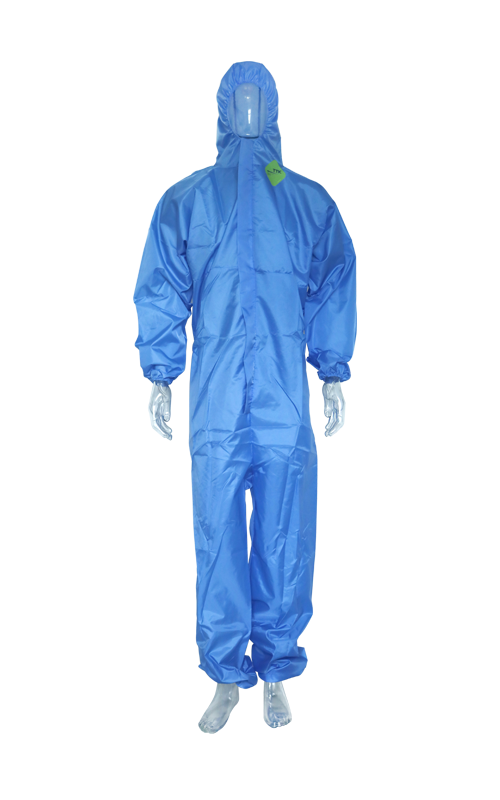
210TWoven Coating Protective Material-blue Disposable Coverall Without Tape TTK- B01
Disposable Coverall Without Tape
-
.png)
White 210TWoven Anti- Virus Disposable Coverall Without Tape TTK- B01
Disposable Coverall Without Tape
-
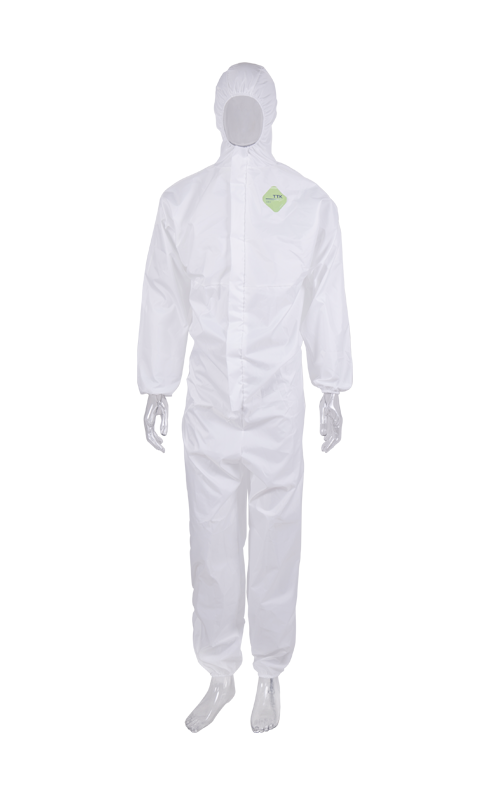
SMS Non-woven Material Disposable Coverall Without Tape TTK-B02
Disposable Coverall Without Tape
-
-1.png)
PP+PE Non- woven Material Disposable Coverall Without Tape TTK-B03
Disposable Coverall Without Tape
-
-1.png)
SMS Non-Woven Anti-Virus/ Waterproof/Breathable Level 1 Isolation Gown/Surgical Gown/Patient Gown/Nursing Gown TTK-C02 Series 100
Level 1 Isolation Gown

 English
English 简体中文
简体中文